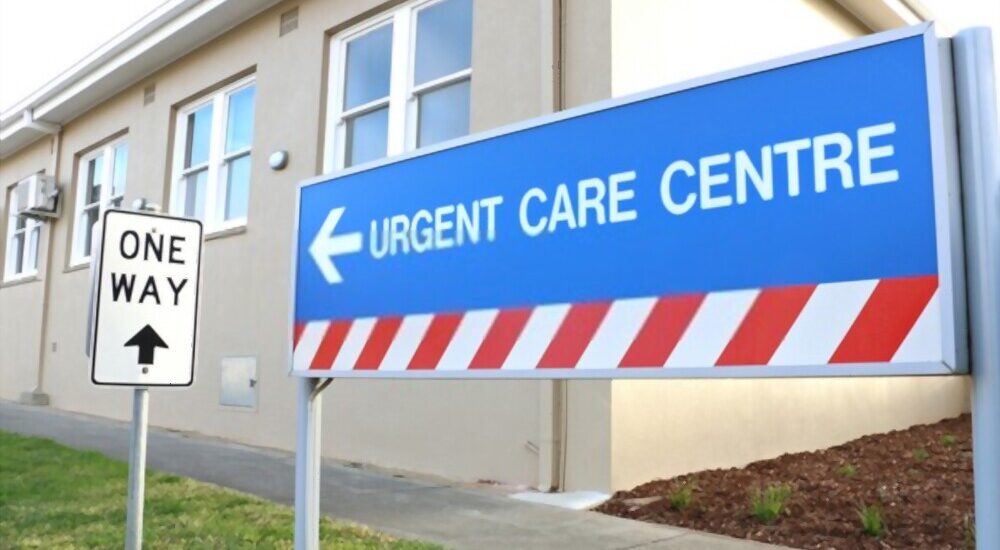- March 22, 2022
- Posted by: Steve Smith
- Category: Urgent Care Billing

Urgent Care Billing Takes a Hit
The last couple of years have been a major disruptor in the normal scheme of things due to the pandemic. Urgent care centers, like so many other healthcare services, have also been affected. Urgent care billing has never been busier, with tens of thousands flocking to urgent care centers across the country either to have tested for COVID-19 infection, or to get vaccinated against it. Back-office executives, especially those involved in billing for services rendered to all those who visited the urgent care centers, have rarely seen a more hectic time. With footfall having multiplied manifold, it’s no wonder that many urgent care centers across the country very soon started experiencing a severe dearth of urgent care billing personnel to manage the sudden rush.
To make matters worse, the pandemic brought with it a dip in the employment rate, with many people getting laid off or simply leaving their current jobs and not returning later. Factors like improved pay prospects and a better work-life balance had prompted many who used to work in urgent care centers to leave their jobs and find alternative employment.
Steps to Resolve Understaffing Problems
In the wake of this unprecedented situation, many urgent care centers are seen struggling with the issue of understaffing. Adhering to labor law regulations (such as minimum wages) and coping with attrition means an increase in operational expenses for most urgent care centers. So is there a smarter, better alternative?
The answer lies in strategic offshore outsourcing. A rapidly growing number of urgent care facilities are outsourcing their urgent care billing operations to dedicated, third-party billers. The main advantage in doing so lies in the distinct cost advantage that it brings about. Offshore billing operations cost a lot less than maintaining an in-house, onsite billing staff.
A Win-Win Situation, At Last!
Many such billing service providers offer dedicated services on an hourly pay model (such as a fixed low rate which is charged on a per hour basis), or on a fixed percentage of the total amount of revenue generated by them. It’s a win-win scenario, especially in the latter model where they get paid only when they are able to get your bills cleared. Needless to say, it’s a model that is fast catching on and definitely worth exploring if a poor rate of collection from urgent care billing is a growing concern for a urgent care practice.
Leave a Reply
You must be logged in to post a comment.
